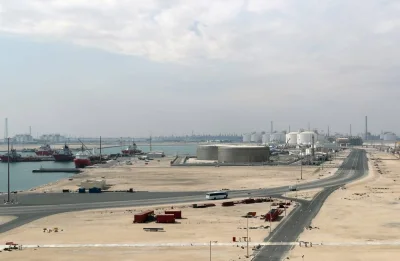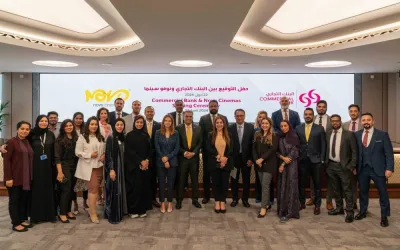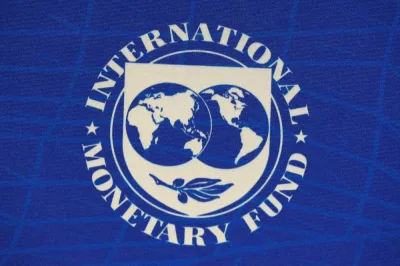Qatar is aiming to raise tourism and travel industry’s contribution to its GDP to 12% by 2030, according to Alpen Capital.The country aims to attract over 6mn visitors by then, Alpen Capital said in its report on ‘GCC Hospitality Industry’.The growth in Qatar’s tourism industry is attributed to supportive government campaigns and the frequent hosting of international events as part of the country’s Tourism Strategy 2030.To support the surge in tourism, the country has a strong lineup of hotel projects under construction.By the end of 2023, Qatar has had over 36 projects underway, with some 8,922 rooms under construction.Qatar’s hotel room supply amounted to 37,539 keys in 2022, accounting for 4.4% of the GCC’s overall capacity.Qatar recorded an addition of 12,372 rooms between 2017 and 2022, increasing at a CAGR of 8.3%. This growth was driven by the need to accommodate visitors for the FIFA World Cup 2022, which started in November 2022.In the same year, Qatar witnessed an addition of 7,852 keys, marking an annual increase of 26.4% in the country's hotel room supply.After the conclusion of the tournament, Qatar has continued to witness heightened tourism activity, as the country attracted over 4mn visitors in 2023.In Qatar, the (hotel) occupancy rate remained stable at 57% from 2020 to 2022. Although international tourist arrivals in the country surged over threefold to reach 2.6mn in 2022, the demand was met through the increased supply of hotels in anticipation of the FIFA World Cup 2022.Even after the tournament, Qatar continued to consistently attract tourists. However, it is expected to take some time for the surplus hotel supply to be absorbed by the rising demand for accommodation, according to Alpen Capital.The increase in occupancy rates over the last three years and rising average daily rate (ADR) levels resulted in increased RevPAR across all the GCC nations.The average RevPAR in the GCC rose from $45.5 in 2020 to $97.2 in 2022, majorly driven by Qatar, Saudi Arabia, and the UAE.Qatar witnessed the most significant RevPAR increase, from $56.2 in 2020 to $116.5 in 2022. This growth was due to a substantial increase in the country’s ADR during the FIFA World Cup 2022, which overshadowed the minor decline in the occupancy rate.The researcher says the growth in room capacity is expected to be the fastest in Qatar, registering a CAGR of 6.3% during the five-year period (up to 2028) followed by Oman (4.9% CAGR), Bahrain (4.9% CAGR), Saudi Arabia (3.9% CAGR), UAE (3.5% CAGR), and Kuwait (3.0% CAGR).

Pratap John
Pratap John is Business Editor at Gulf Times. He has mainstream media experience of nearly 30 years in specialties such as energy, business & finance, banking, telecom and aviation, and covered many major events across the globe.
Most Read Stories























